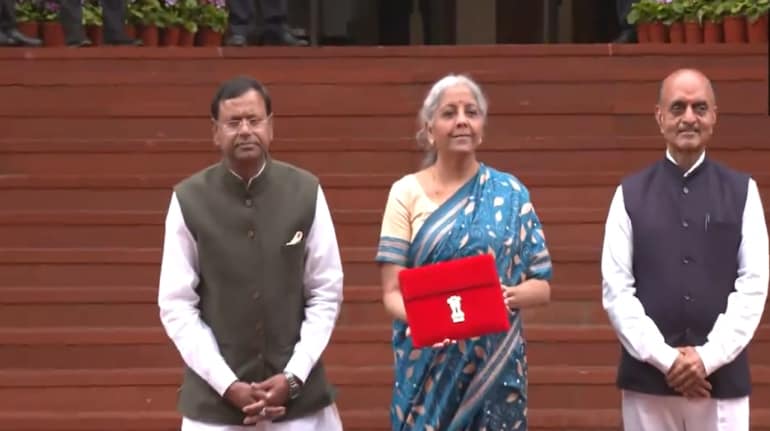The primary driver has been Maruti Suzuki, which improved its market share by 7.8% in September. This gain though came at the expense of Korean, European, American and Chinese makers. Indian-origin OEMs-Tata Motors and Mahindra & Mahindra-combined grew their market share by 2.3% year-on-year during this period, according to Jato Dynamics estimates.

The onslaught of new products planned by Maruti and Toyota Motor Corporation through their partnership over the next two years could drive some share gains for Japanese OEMs, say experts.
Introduction of new models has always led to renewed consumer interest in these OEM brands. "We did see the impact of the new model introduction in September of the Alto K10 and Grand Vitara from Maruti Suzuki and the Hyryder from Toyota. This coupled with better availability of vehicles and the base effect of last year is clearly evident in the September numbers," said Shashank Srivastava, senior executive director at Maruti Suzuki.
While Maruti Suzuki is single-handedly driving the Japanese resurgence, others like Honda Cars India and Toyota Kirloskar are betting on new product pipelines to drive growth.
Vikram Kirloskar, vicechairman at Toyota Kirloskar Motor, said when a product is launched in a new segment, it changes the market dynamics. The Japanese major, which launched the Urban Cruiser Hyryder in the mid-size SUV segment in September, is seeing heightened interest and a good order booking, according to him. With the new Hyryder adding to volume, Toyota Motor's Indian unit is hoping to utilise its second factory at Bidadi in Karnataka at the earliest.
Toyota, which has invested about Rs 4,800 crore on developing the SUV, will continue to invest Rs 1,000-2,000 crore a year in India for improving efficiencies and upgrading products. Despite volatility and challenging macroeconomic environment, auto OEMs realise the importance of persisting with new product focus.
"Product ageing fatigue can slow things down. The replacement of existing portfolio with new cars and facelifts drives more showroom traffic, sales and profits for OEMs,"said Ravi Bhatia, president at Jato Dynamics.
Honda, too, says it is on a recovery path after some tough years. Honda Cars India’s domestic sales grew 18% and exports grew 53% during the first half of FY23.
“While there have been supplyside challenges of prolonged chip shortage, last month we were able to improve availability of cars in the market coinciding with the festival period,” said Yuichi Murata, director-marketing and sales at Honda Cars India.
The Japanese major has been prioritising the production of fast-selling models and variants such as City and Amaze, and adopting new electrified technologies like in the Honda City e:HEV, said Murata.
Honda is also working on an India-specific, mass market SUV and is in the final stages of its development.Nissan, which pulled the plug on Datsun in India in April, nine years after its global relaunch, had to discontinue three other cars in the country, owing to strict BS6 emission norms.
The Magnite compact SUV, launched in 2020, has been one bright spot for the manufacturer, receiving more than 100,000 bookings so far. Some of the upcoming new launches from Nissan include Sunny, X Trail and Leaf. Nissan India recorded a year-on-year growth of 18% in September 2022.
Maruti Suzuki is single-handedly driving a Japanese resurgence in India - Economic Times
Read More

No comments:
Post a Comment